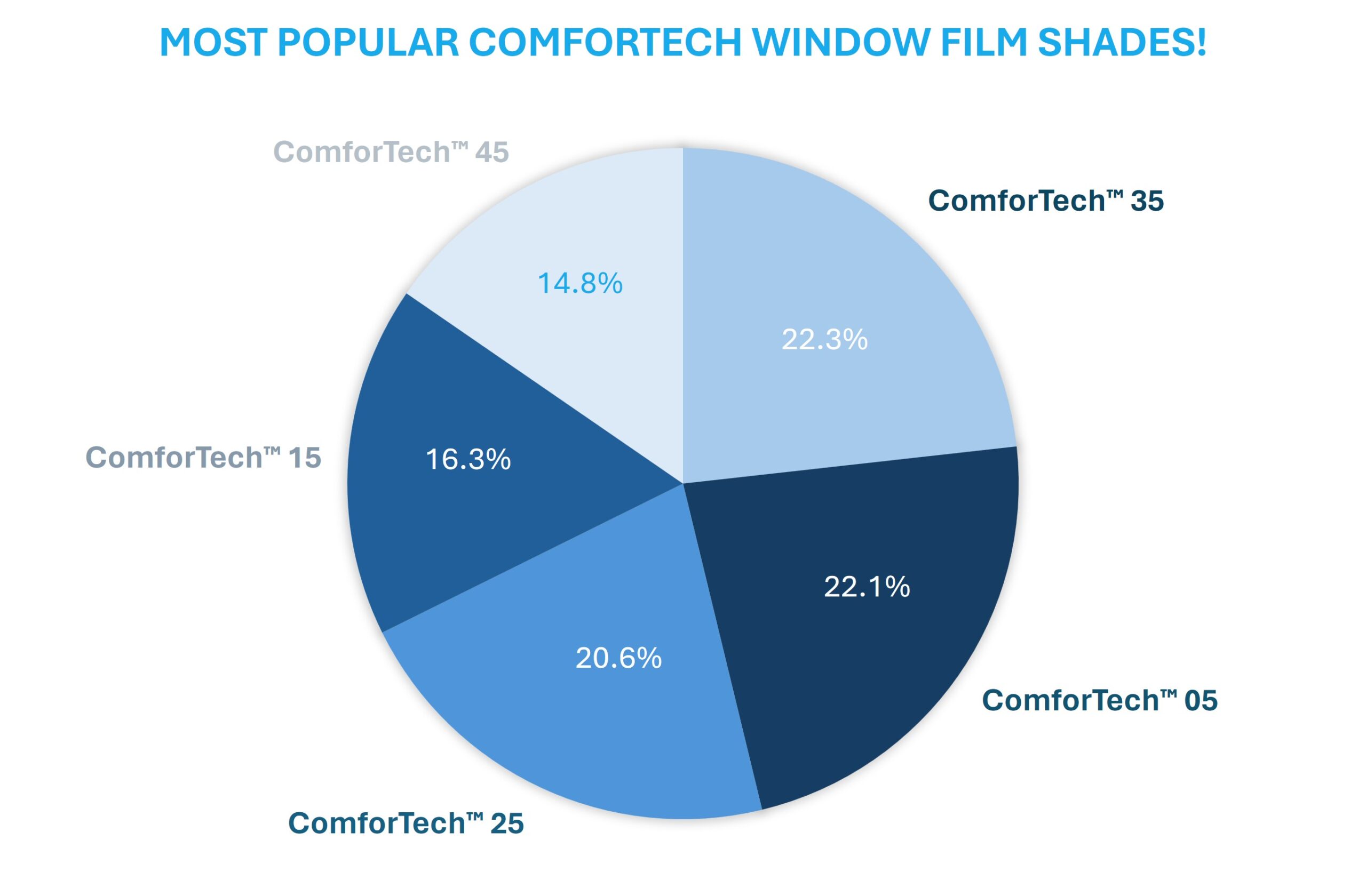
FREE SHIPPING ON PRECUT KIT ORDERS OF $100 OR MORE

Ceramic window film is prized for its superior heat-blocking performance coupled with its durability and beautiful, natural color. It’s a film technology that is used for both architectural and automotive applications. But one question we get asked frequently is if you can use flat glass film on your car windows? And the short answer is, no.
Let’s delve into the reasons why.
In general, automotive film is made for the way you tint cars, and architectural film (sometimes called flat glass film) is manufactured to be easy to install on flat glass or windows. There are also significant differences in the type of glass used in your car versus the type of glass used in your home.
The main distinction between architectural and automotive tints is the regulation that surrounds car window tints in the United States. Both types of tints aim to offer increased privacy, block harmful UV rays, and limit heat penetration, but their physical properties differ. Flat glass tints can be more reflective or darker, blocking more light and solar energy, which enhances privacy. In contrast, car window tints are usually regulated, often not allowed to block more than 65 percent of visible light, depending on the local laws. This is crucial for the safety of the driver and others on the road, as obscuring too much light can impede visibility, particularly during the night or in dim light.

Flat glass films, by contrast, can and do block much more visible light. Three out of five of our ComforTech™ Ceramic Series shades let in less than 35% of visible light. As seen in the chart above, ComforTech™ 05,15 and 25 are all too dark to be used on a car.
The term “flat glass tint” implies that it’s applied to flat or plate glass, where there’s no need for the film to shrink to accommodate curves. On the other hand, automotive windows usually have curves, even subtle ones. The way automotive film is installed is to trim it slightly larger than the size of the window and then apply heat to shrink the window to size. Flat glass film is made to be installed without heat and will not shrink to your car windows properly if you try to install it.
The adhesives for professional-grade flat glass film and automotive film also differ. Automotive film has what is known as a pressure-sensitive adhesive (PSA) which is sticky to the touch. PSAs bond with the glass mechanically or by pressing it to the glass. They bond quicker and are cured and ready to go (drive!) faster.
Most professional-grade flat glass film uses a dry adhesive that is not sticky to the touch. Dry adhesives need to be activated by water and create a chemical bond with the window over time. Dry adhesive films are easier to work with because they are more forgiving during the installation process and can be repositioned if necessary. But they take a longer time to fully cure – sometimes up to a month and so are only used on flat glass applications.
Just as it’s not recommended to use flat glass tint on car windows, applying automotive tint to home or commercial windows is also inadvisable. Most automotive films absorb more heat than they reflect. When glass absorbs a lot of heat, this can cause thermal stress and result in the window breaking. For cars, this is less of an issue because car glass is tempered and is stronger than the glass used in home windows. For this reason, using automotive tint on your home increases the likelihood of your home or office windows cracking or shattering.
While you may be tempted to hear “Ceramic tint” and want to use a ceramic flat glass film on your car windows – or vice-versa – there are good reasons not to. Each application is different and so the films that are made for them are different as well.
If you are looking for a ceramic window film for your home, we hope you consider Concord’s ComforTech™ Ceramic Series. It’s a professional-grade film that is easy to install for the DIY homeowner. Learn more at www.windowfilm.com.